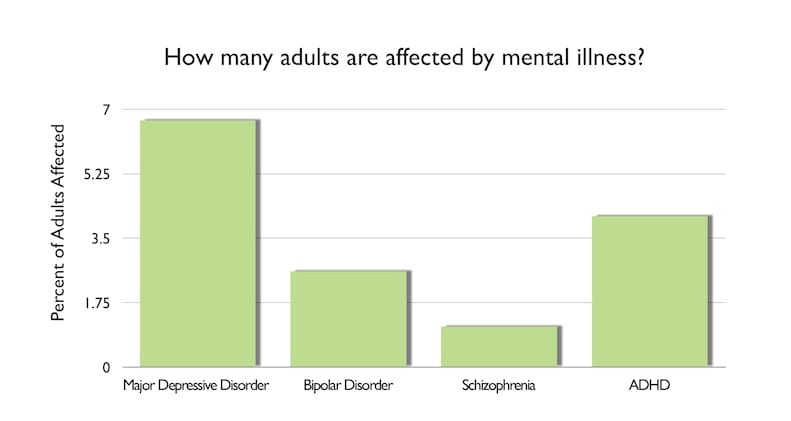Stefano
Regular Member
- Messages
- 82
- Reaction score
- 83
- Points
- 18
- Location
- Lombardy
- Ethnic group
- North Italian
- Y-DNA haplogroup
- R1b-U152
- mtDNA haplogroup
- H1
This paper is huge indeed, and more than 300 samples of ancient DNA bring us a lot of new information but at the same time there are some really ridiculous charts in this paper and some statements reek of eugenics. Genetic testing is a powerful tool, but many geneticists are still not up to it. I still have to read it carefully though.

These are indeed really strange charts.
Also why is Uk divided in small areas and france and italy are taken as one? They have far more internal diversity than UK.
And egypt and italy the same steppe admixture? ridiculous. The farmer in north africa is suspiciously high too.
How can geneticist and academics produce such results? unbelievable




